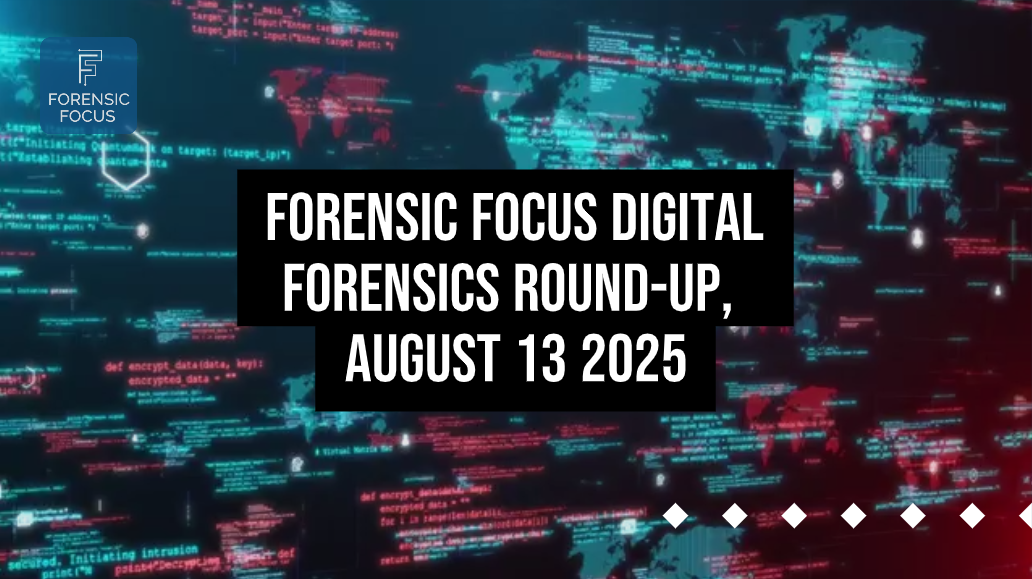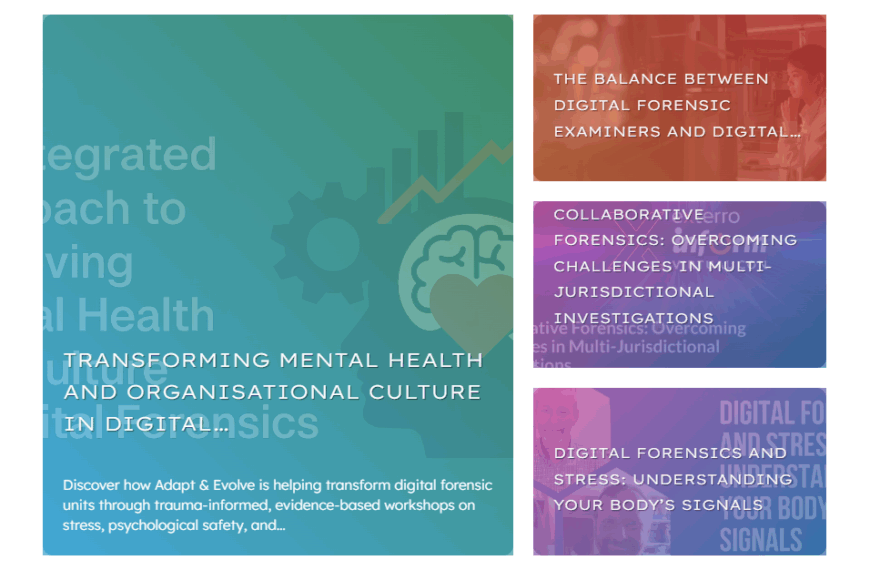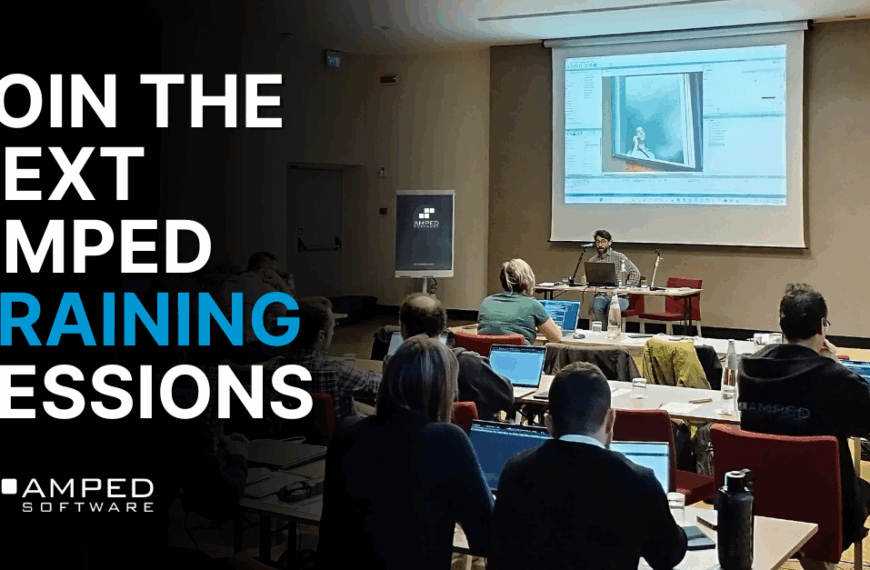A round-up of this week’s digital forensics news and views:
Digital forensics experts reveal Bryan Kohberger’s preparation for Idaho murders
Digital forensics experts who were set to testify at Bryan Kohberger’s trial reveal evidence showing the convicted killer prepared extensively for the quadruple murders of University of Idaho students. Heather Barnhart and Jared Barnhart from Cellebrite discovered that Kohberger deliberately powered off his phone during the exact window of the November 2022 killings, downloaded detailed reports on serial killers, and used VPN technology to hide his online activity. Analysis of his digital footprint showed obsessive research into murder cases, scrubbed files, and evidence his phone had connected to WiFi at a restaurant where two victims worked.
Read more (the-independent.com)
FBI and NSPCC alarmed at ‘shocking’ rise in online sextortion of children
Tech companies reported more than 9,600 cases of adults grooming children online in the UK during just six months last year, equivalent to about 400 cases per week. Law enforcement agencies including the FBI and UK’s National Crime Agency express growing alarm about sextortion threats targeting teenagers, with victims being blackmailed into sharing explicit images. Snapchat logged approximately 20,000 cases of concerning material in the first half of 2024, more than all other major social media platforms combined. The Guardian reports that some teenage victims have taken their own lives due to this abuse, prompting unprecedented awareness campaigns.
Read more (theguardian.com)
Brian Carrier Launches Course on Automation and AI
Digital forensics has always depended on automation, from early tools like EnCase v1 and FTK v1 that automatically detected and parsed file systems. Brian Carrier explains that automation handles intermediate steps in investigations but still requires skilled investigators to ask the right questions and understand context. He is developing a comprehensive mini-course on automation and AI in forensics through LinkedIn posts, blogs, webinars, and eventually video content.
Read more (linkedin.com)
Hannah Bailey Discusses Mental Health Support for Digital Forensics and Police
Hannah Bailey, founder of Blue Light Wellbeing and former police officer with 15 years of frontline experience, discusses critical mental health challenges facing digital forensics investigators and law enforcement. Hannah, who left policing after experiencing PTSD and cancer, now works as a psychotherapist specializing in trauma therapy for high-risk professions. She emphasizes the need for proactive mental health support rather than reactive approaches, noting that digital forensics investigators face constant trauma exposure with added isolation from working alone with screens. Bailey advocates for regular supervision sessions and culturally-aware therapists who understand the unique stresses of law enforcement work.
Read more (forensicfocus.com)
Unfurl v2025.08 Released with Enhanced TikTok ID Parsing
Version 2025.08 of Unfurl has been released with improved TikTok ID analysis capabilities. Enhanced parser now extracts milliseconds, entity types, sequence numbers, and machine IDs from TikTok identifiers, thanks to research by Benjamin Steel. The update also fixes a bug in Google Search EI timestamp parsing where leading zeros in microseconds caused incorrect conversions.
Read more (dfir.blog)
Researchers Develop Hybrid Framework for Drone Forensics Investigation
Researchers have developed a new forensic framework that combines live, digital, and physical evidence collection to investigate drone-related crimes and accidents. Dongkyu Lee and Wook Kang propose a systematic analysis algorithm specifically designed for unmanned aerial vehicle evidence, addressing the growing need for post-incident investigation capabilities. Current drone security strategies focus primarily on real-time defense measures like detection and neutralization, but this research emphasizes the importance of forensic analysis to identify flight paths, pilot information, and accident causes. The framework aims to enhance the legal admissibility of drone forensic evidence in criminal and civil proceedings.
Read more (sciencedirect.com)
LinkedIn Timestamps Decoded for Open Source Investigations
LinkedIn provides only rough time estimates like “1d” for posts, frustrating investigators who need precise timestamps for fact timelines. Researcher Ollie Boyd discovered that LinkedIn post URLs contain hidden timestamps – the 19-digit number at the end, when reduced to its first 41 bits, reveals the exact Unix timestamp of publication. This technique has been integrated into Bellingcat’s Uniform Timezone Chrome extension to help investigators extract precise publication times from LinkedIn posts and comments.
Read more (maynier.eu)
Mental Health Challenges in Digital Forensics Explored
A new episode of Truth in Data examines the psychological impact on professionals working in digital forensics and incident response (DFIR). Episode 14 focuses on the often overlooked mental health toll that forensic investigators face while dealing with disturbing digital evidence and high-pressure cases. Mental health support and awareness in the cybersecurity field remains a critical but underaddressed concern.
Read more (youtube.com)







